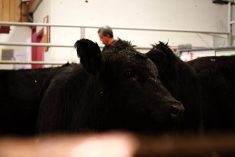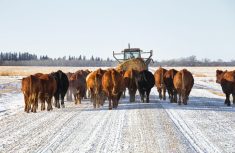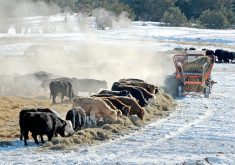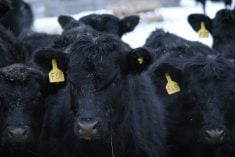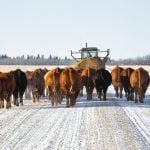Western Canadian feeder cattle markets traded steady to $3 above week-ago levels; however, weaned lower-flesh calves were $3 to as much as $6 higher.
Southern Alberta calf sales are winding down while other regions are just getting started. This resulted in surreptitious behaviour from Lethbridge-area feedlot operators. Orders stretched across the Prairies, like a slow-moving freight train gaining momentum; higher values were reported from various locations as the week wore on. Underneath, there was a fear on the number of quality cattle available. Investor interest was noted, but many of these players had unfilled orders by Saturday dinner due to the covert order-buying from principal feedlot operators. Summer-like conditions rolled over much of Western Canada, which caused the premium for higher-quality calves to erode late in the week.
Read Also
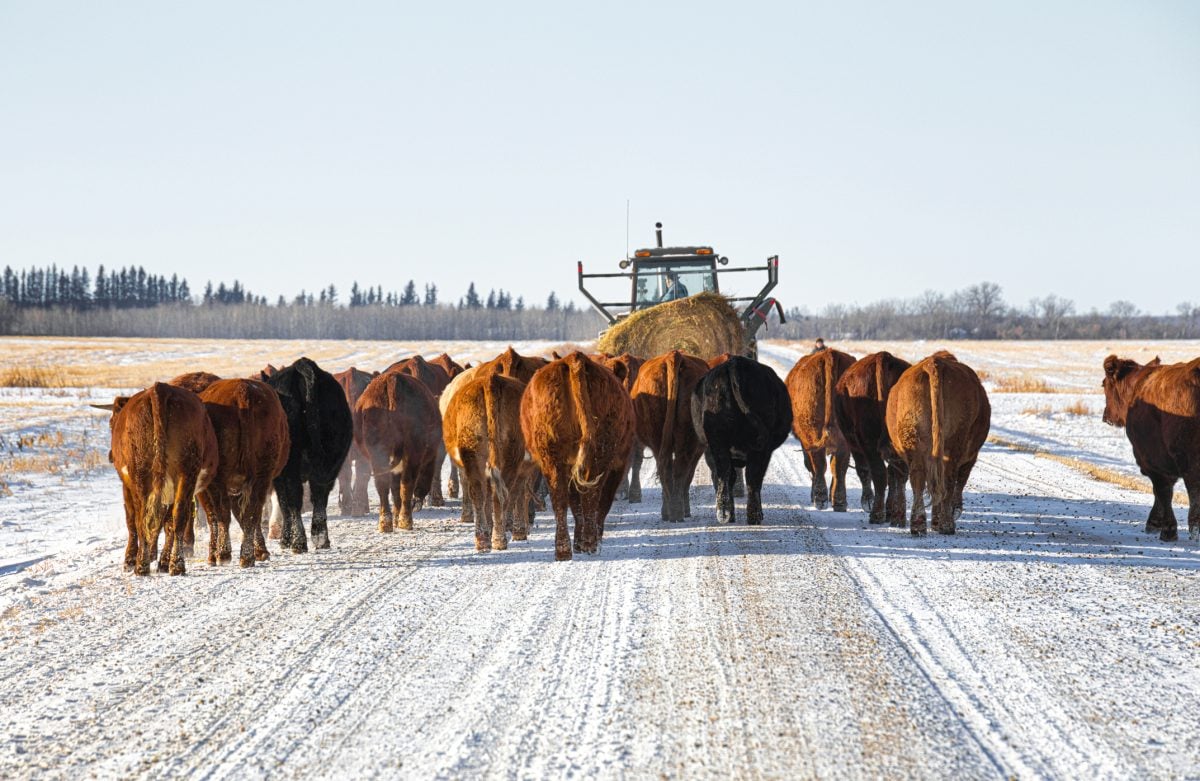
U.S. livestock: CME cattle tick lower in thin pre-holiday trade
Chicago | Reuters – Chicago Mercantile Exchange live and feeder cattle futures were little changed but ended slightly lower on…
A small group of larger-frame Simmental-base medium-flesh weaned steers weighing just under 700 lbs. reached up to $168 in central Alberta. A larger group of medium-frame Angus-cross semi-weaned lower-flesh steers weighing 600-630 lbs. sold for $179 landed in southern Alberta. Similar-quality heifers with medium flesh were quoted from $156 to $158 in the same region. In central Saskatchewan, unweaned larger-frame Charolais-cross steers weighing just over 500 lbs. reached up to $190.
A few batches of yearlings were available in eastern Saskatchewan and Manitoba. A small group of red and black grass steers with lower flesh weighing from 800 to 825 lbs. traded near $159 in central Saskatchewan. Medium-flesh black Angus heifers weighing just under 900 lbs. were quoted at $155 in the same region.
Alberta packers were buying fed cattle from $138 to $140, which is near breakeven pen closeouts. I’m looking for the deferred live cattle futures to ratchet higher next week as the market factors in a lower weekly slaughter and stronger economic activity. This, along with the weaker Canadian dollar, will cement in feeder prices at the current levels.
— Jerry Klassen is manager of the Canadian office for Swiss-based grain trader GAP SA Grains and Produits. He is also president and founder of Resilient Capital, which specializes in proprietary commodity futures trading and commodity market analysis. Jerry owns farmland in Manitoba and Saskatchewan but grew up on a mixed farm/feedlot operation in southern Alberta, which keeps him close to the grassroots level of grain and cattle production. Jerry is a graduate of the University of Alberta. He can be reached at 204-504-8339.




